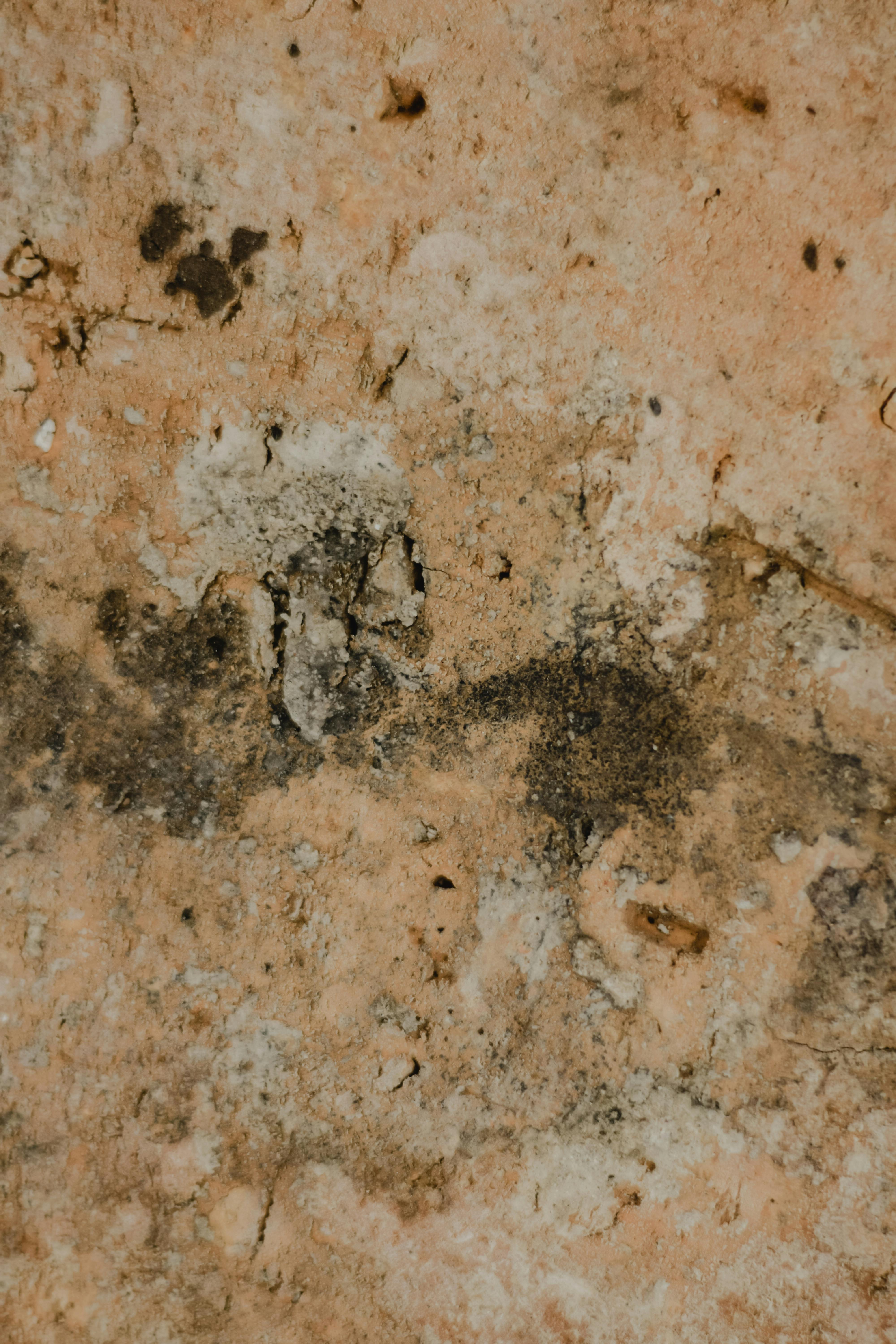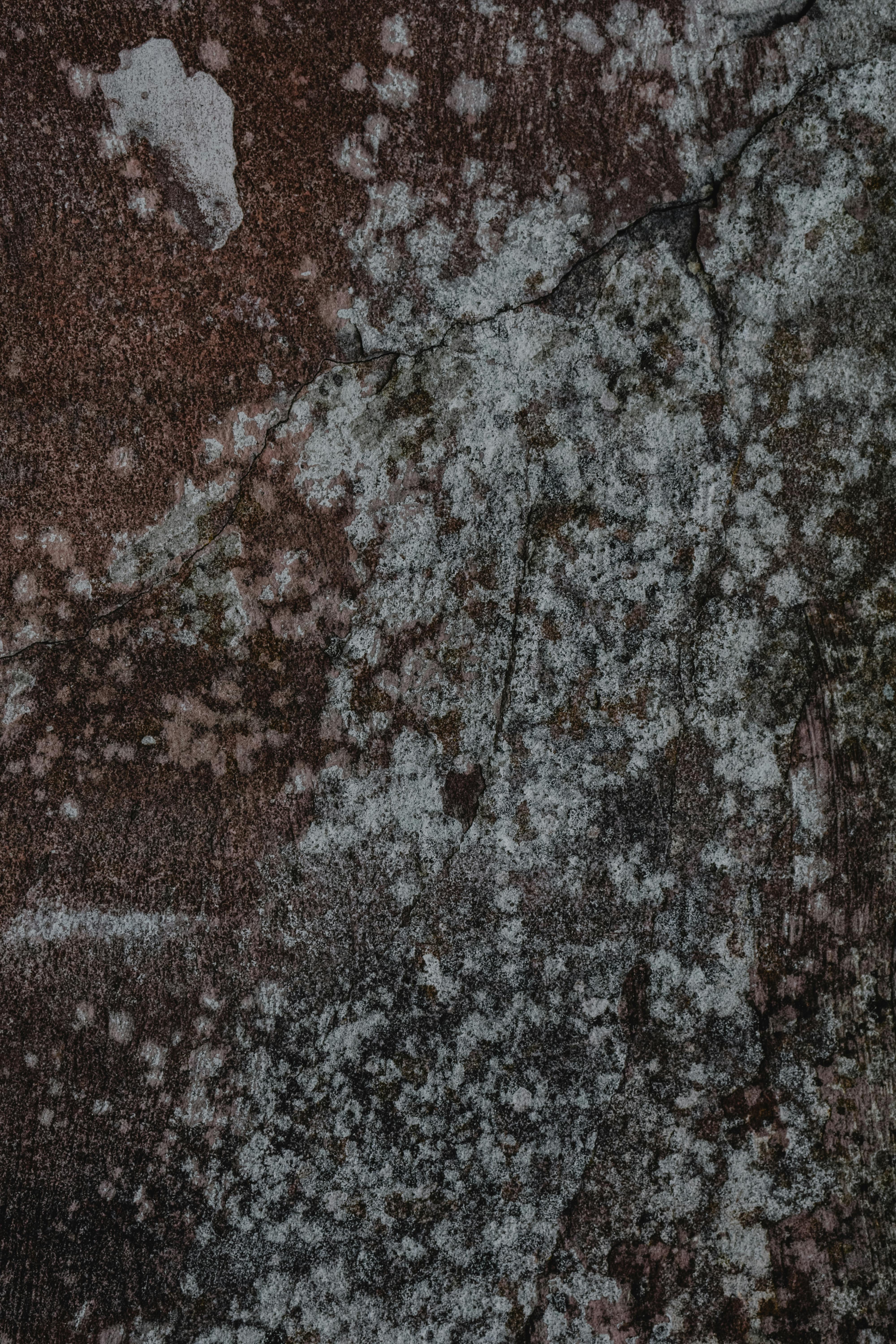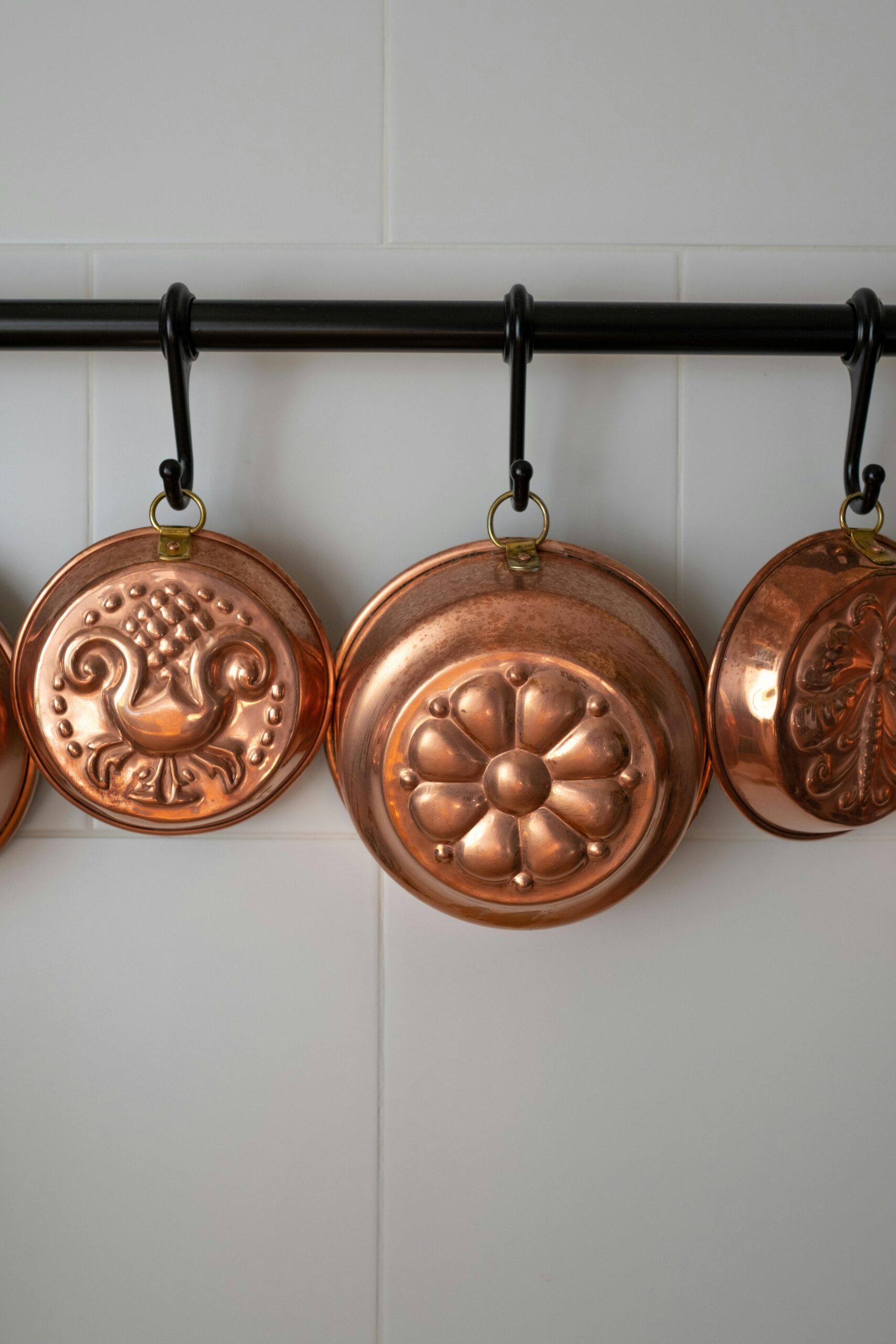Understanding Schimmel Wand: Causes, Prevention, and Solutions
What is Schimmel Wand?
**Schimmel Wand**, commonly known as mold on walls, is a pervasive issue that can significantly impact indoor air quality and the overall aesthetic of a home. Often resulting from excess moisture, these mold patches can appear in various colors, but black and green varieties are the most prevalent. Understanding the characteristics and growth conditions of **schimmel wand** is crucial for homeowners who seek to maintain a healthy living environment. Regular inspections and proper moisture control are key to preventing this issue.
Causes of Schimmel Wand Growth
**Schimmel wand** thrives in damp conditions, making areas of your home susceptible to its growth often include bathrooms, kitchens, and basements. Water leaks, improper ventilation, and condensation are the primary culprits that create the perfect breeding ground for mold. For instance, if there are leaky pipes behind your walls or a lack of air circulation, it can lead to moisture accumulation, facilitating mold growth. Regularly checking these areas for signs of leaks or water damage is essential to preventing mold. Additionally, maintaining indoor humidity levels between 30% and 50% can significantly hinder mold proliferation.
The Hidden Threats of Schimmel Wand
The presence of **schimmel wand** poses several risks, including health hazards and property damage. Mold spores can trigger allergic reactions and respiratory issues in sensitive individuals or those suffering from asthma. Furthermore, extensive mold infestations can lead to structural damage, compromising the integrity of drywall, wood, and plaster. To illustrate this, a study found that homes with significant mold issues experienced a 20% decrease in property value, emphasizing the importance of addressing mold growth early and regularly.
Identifying Schimmel Wand
Identifying **schimmel wand** might seem straightforward due to its visible growth on walls, but it often hides in less obvious spaces such as behind furniture or inside walls. Homeowners should look for discoloration on surfaces, a musty odor, and a change in texture on painted walls. If a section of a wall feels damp or spongy when touched, then **schimmel wand** is likely present. Using moisture meters can also aid in detecting hidden moisture pockets that may contribute to mold growth.
Preventing Schimmel Wand
Effective prevention of **schimmel wand** means taking proactive measures to control moisture levels in your home. Simple actions can reduce humidity and ultimately eliminate potential mold growth areas. Ensuring proper ventilation, using dehumidifiers in damp areas, and promptly addressing leaks can go a long way. Additionally, applying water-resistant paint products in vulnerable areas can form a protective barrier against moisture infiltration. These preventative steps can significantly reduce the risk of mold, leading to a healthier living environment.
Regular Maintenance Tips
To keep **schimmel wand** at bay, regular home maintenance is essential. Homeowners should inspect plumbing and roofing for leaks at least twice a year. Ensuring that gutters and downspouts are clear and directing water away from the foundation of the house is vital. Furthermore, using exhaust fans in bathrooms and kitchens is essential to reduce humidity levels. For example, running exhaust fans during and after showers can help mitigate moisture buildup.
Use of Mold-Resistant Products
Employing mold-resistant products in construction and renovations is another effective strategy against **schimmel wand**. Mold-resistant drywall, paints, and sealants can significantly reduce moisture absorption, making it harder for mold to thrive. These products are particularly beneficial in high-moisture areas like bathrooms and kitchens. When planning a renovation, opting for these specialized materials can add an extra layer of protection against mold infestations.
Removing Schimmel Wand
Once identified, tackling **schimmel wand** promptly is crucial for both health and property reasons. Depending on the extent of the mold, some cases may require professional remediation services, especially if it covers a large area or has penetrated structural materials. However, small patches can often be handled by homeowners using household solutions like vinegar and baking soda, combined with thorough scrubbing.
DIY Removal Techniques
To effectively remove **schimmel wand** from walls, homeowners can try several DIY techniques. One effective solution is applying a mixture of one cup of bleach to one gallon of water to the affected areas. This helps kill mold spores and disinfect surfaces. Using a sponge or brush, scrub the area vigorously and ensure the space is well-ventilated during the process. After cleaning, fans can help to dry the area quickly, further minimizing the likelihood of mold regrowth.
When to Seek Professional Help
It’s essential to recognize when **schimmel wand** exceeds DIY capabilities. If mold covers more than 10 square feet, or it’s hidden within walls, seeking professional mold remediation services is advisable. Experts possess the necessary equipment and training to handle extensive infestations safely. A professional service can also conduct air quality tests to ensure all spores are eliminated, offering peace of mind to homeowners.
Key Takeaways
- Understanding the causes and risks of **schimmel wand** is vital for prevention.
- Effective moisture management is the key to preventing mold growth.
- Regular maintenance and mold-resistant products can protect against mold.
- Prompt and proper removal of mold is crucial for health and property preservation.
FAQ
1. What are the health risks associated with schimmel wand?
The health risks of **schimmel wand** include respiratory issues, allergic reactions, and other serious health concerns, particularly in individuals with compromised immune systems or pre-existing respiratory conditions. Continuous exposure can lead to long-term health issues, making it crucial to address mold infestations promptly.
2. How can I identify schimmel wand early?
Early identification of **schimmel wand** involves looking for visible signs of discoloration, dampness, and musty odors. Using moisture meters can help detect hidden moisture that may lead to mold growth, allowing for early intervention and remediation.
3. What are common methods for preventing schimmel wand?
Common methods for preventing **schimmel wand** include proper ventilation in bathrooms and kitchens, using dehumidifiers, fixing leaks promptly, and applying mold-resistant paints and materials in moisture-prone areas. Consistent maintenance and monitoring are essential for these preventative strategies.
4. How do I remove schimmel wand safely?
To remove **schimmel wand** safely, you can use a mixture of bleach and water or commercial mold removers to scrub off small patches. Ensure that the area is well-ventilated and wear protective gear to avoid inhaling mold spores. For larger infestations, professional remediation is recommended.
5. When should I hire a professional for schimmel wand issues?
It’s advisable to hire professionals for **schimmel wand** issues when the mold covers a significant area, particularly over 10 square feet, or if it’s hidden within walls, as they have the right tools and expertise to handle severe infestations effectively.


